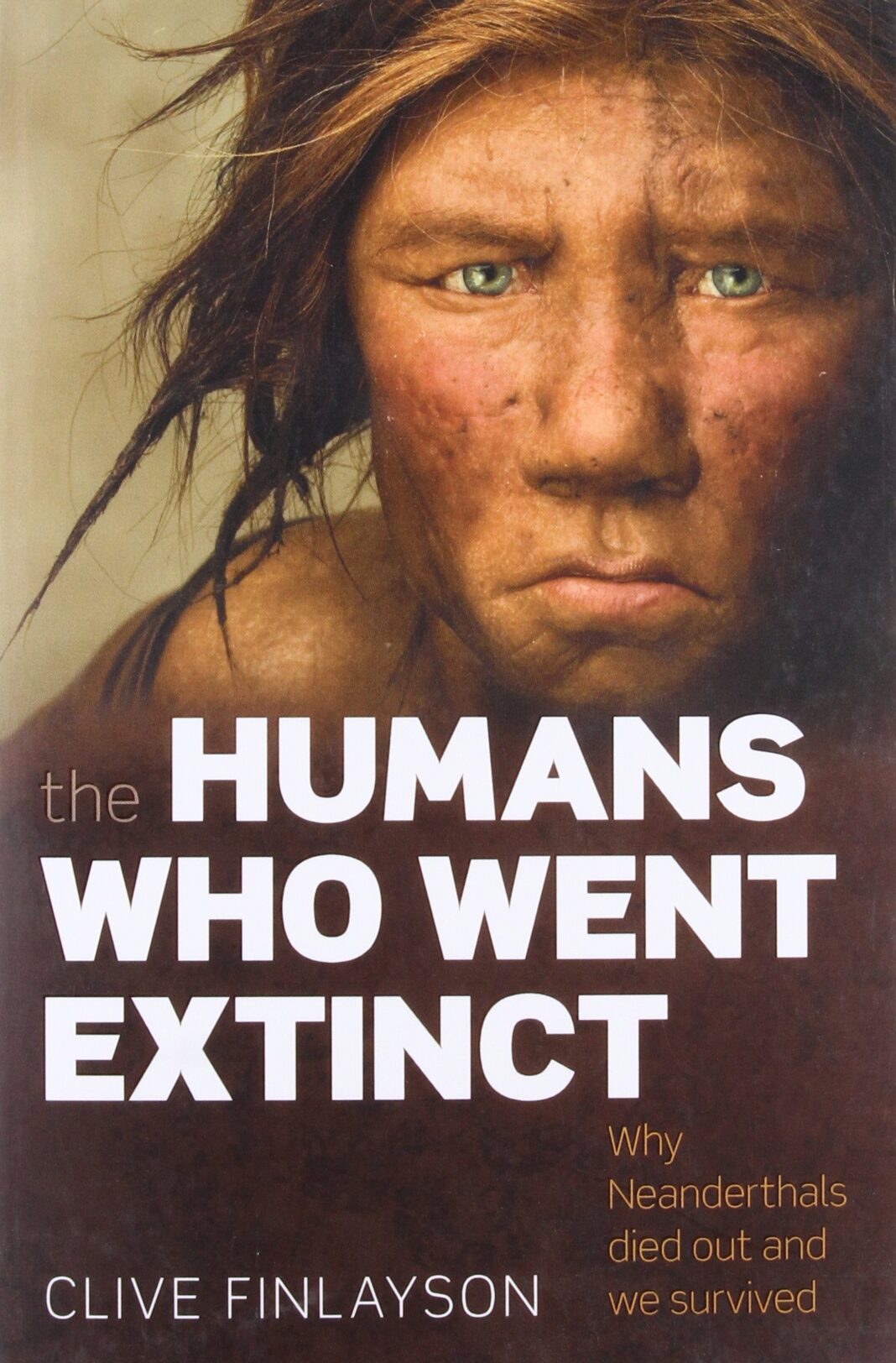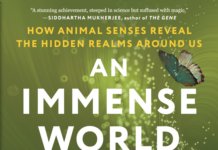We know now that Neanderthals were pale skinned, had a range of hair colours comparable to Caucasians, and had a gene that we share and which is involved in language
In March 2010, a paper by Krause et al. published in Nature revealed the presence of a new hominin which lived in Central Asia between 48,000 and 30,000 years ago. It came from a lineage that had diverged from the ancestor of Neanderthals and Modern Humans (referred to in this book as Ancestors) 1.04 million years ago, and seems to have survived to a time when Neanderthals and Ancestors were in the same area. Thus, as predicted in this book, the contact region between the mid-latitude belt and steppe was a cauldron of human diversity and the results highlight the fallacy of the Neanderthal-Ancestor dichotomy.
The Neanderthals were one of them and they became a highly successful people who managed to live in the increasingly inhospitable world of Europe and Asia for over 300 thousand years, a lot longer than the period that covers our own time on this planet.
Most significantly, around 54 million years ago India crashed into Asia. This impact generated the lifting of the Himalayas and the Tibetan Plateau five kilometres into the sky, a process that continued until at least 15 million years ago.
The alternative, simpler, explanation appears to be that there was a large ancestral population, which could have been around 50–75,000 individuals,4 that slowly split into two.
The genes of living apes and humans, despite the imperfections of the science, are telling us that the first split among the ancient apes separated the lineage of the orang-utan and that happened before 9 million years ago. Next came the gorilla line which probably split around 8 million years ago, although recent fossils seem to suggest it may have been earlier than previously thought. Finally came the human–chimpanzee separation, and that was somewhere around the 5-million-year mark.
… small-brained proto-humans now seem to have become widespread across the grassy savannahs of Afro-Eurasia some time after 3.5 million years ago. Some survived until at least 1.4 million years ago on the continent itself and if H. floresiensis is indeed the descendant of one of these populations, a few possibly kept on going on remote islands to a staggering 12 thousand years ago. Homo erectus, with his tall physique, first appeared with the start of the Pleistocene around 1.8 million years ago but we cannot be certain where he started his career or from whom he descended. His brain was larger than that of the small-brained proto-humans on average but there was considerable size overlap between the two.
Gordon Orians, a biologist at the University of Washington in Seattle, has developed some ingenious tests in which he has shown children from different continents images of many different kinds of habitats. He has found that images of the African savannah are preferred above all others up to a certain age when preferences become coloured by personal experience of the place where the child has grown up.
The evolved H. heidelbergensis, whom we call Neanderthal, had entered a dying world, one of decay and ruin. As things got progressively worse this world lost more and more species, animals that were not replaced by new kinds. By the time the classic Neanderthals had emerged,36 during the last interglacial around 125 thousand years ago, they were already a people doomed to extinction. Like the hippos, rhinos, and elephants of the Eurasian forest, the Neanderthals were a population of living dead, existing on borrowed time.
Homo neanderthalensis was the product of several hundred thousand years of investment in the ambush hunting tradition within the temperate woodlands of Eurasia. The appearance of projectile technology among the Ancestors is often hailed as an advancement of technology, but the reality is that such technology would have been useless against the powerful animals of Middle Pleistocene Eurasia. To down such animals needed power, guile, cooperation, and getting up close. That they did not shy away from contact is demonstrated by the injuries which they regularly sustained, comparable to those of modern Rodeo athletes.
The birth of Europeans, northern Asians, and Native Americans was here, in Central Asia, between 40 and 30 thousand years ago.
A slow life history appears to be a prerequisite to becoming brainy.
The spectacular physique of Homo heidelbergensis, capable of despatching the large grazers of Middle Pleistocene Eurasia, needed trimming as these animals started to disappear. The Neanderthal was a tweaked version that managed for a while but eventually collapsed along with the remaining mega-animals of this era.
But I am not going to fall into the trap of gloomy predictions about the future of our own species. Our population has reached such large numbers that it is unlikely that any radical change in climate will now ever wipe us out completely. It would take a rapid catastrophe of global dimensions to achieve that. Without doubt many will suffer and perish from floods and famine but those of us in the comfort zone will pretend to care and do nothing about it.




